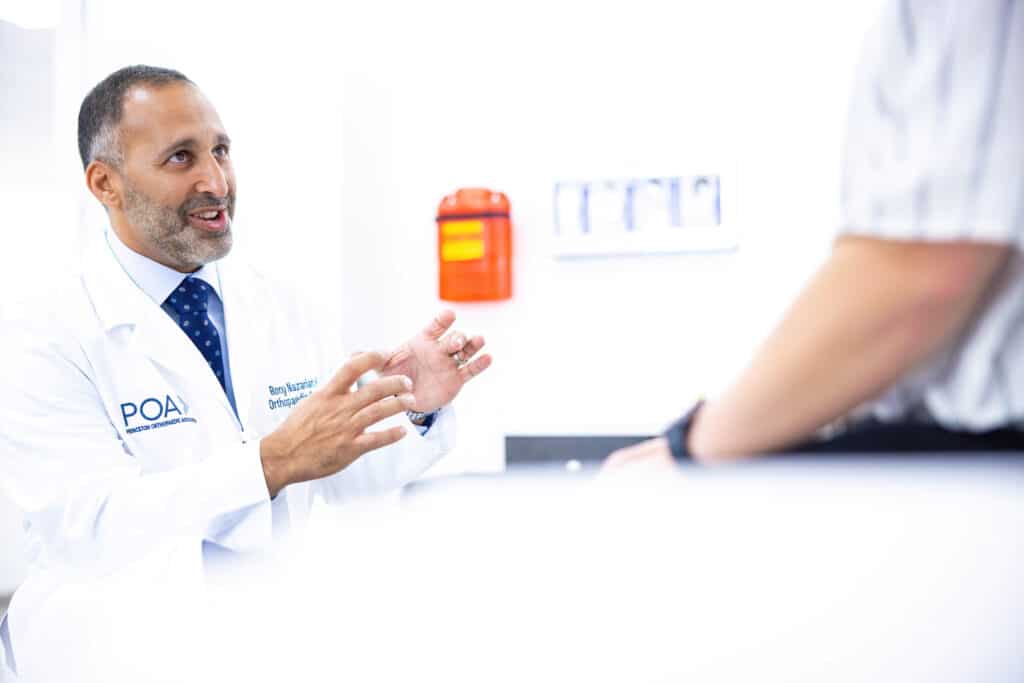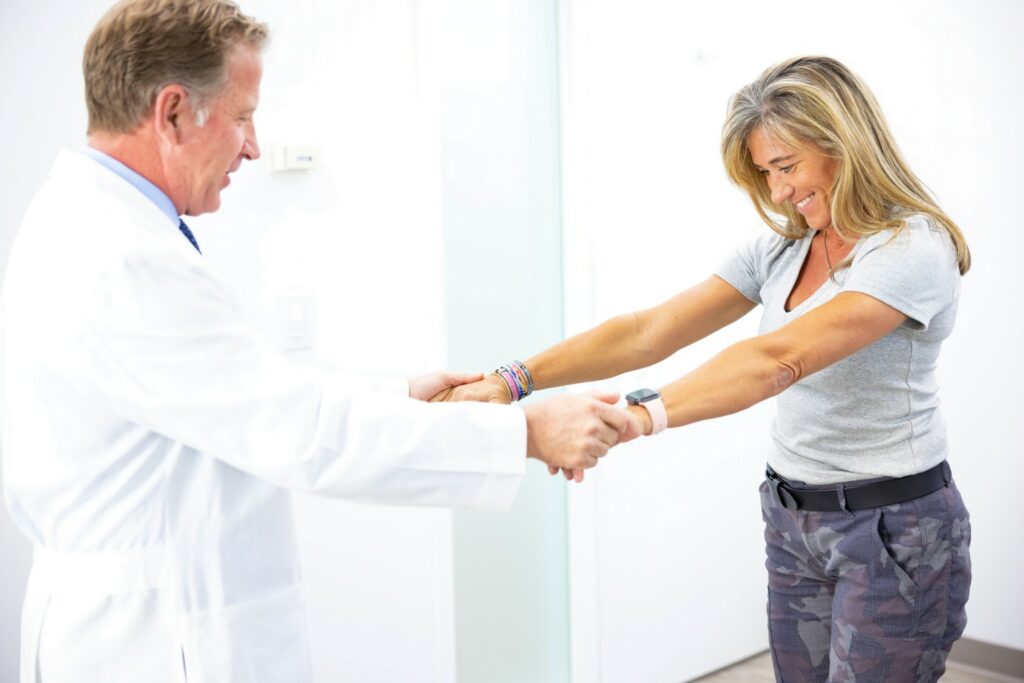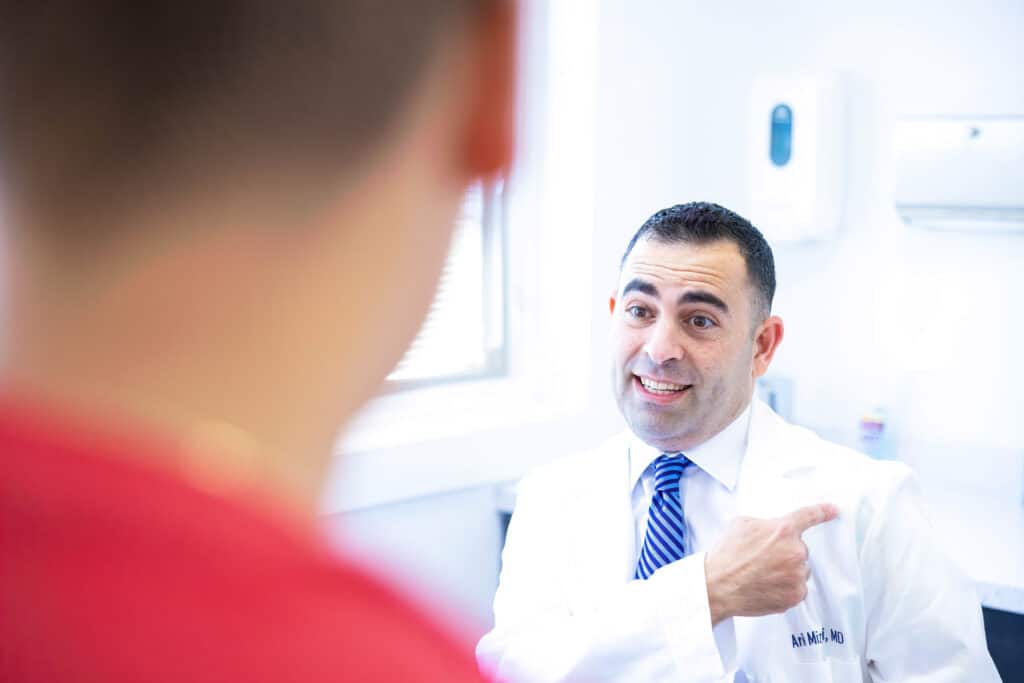
Physician Assistants
Physical & Occupational Therapists
KneeMRI ScansNon-OperativePhysiatry
Physical Therapy
Podiatry
Spine
Sports Medicine
TraumaUrgent Care
X-Ray Imaging

Spinal arthritis causes stiffness and pain in the low back. The stiffness is most severe first thing in the morning, then decreases with activity, and finally increases again toward the end of the day. This is likely due to fluid accumulating in the joint as a result of being inactive overnight, causing greater inflammation.
The typical pattern of low back discomfort caused by facet joint arthritis is as follows:
The following are some of the most common symptoms of spinal arthritis:
Your doctor may employ one or more of the following diagnostic techniques to verify spinal arthritis:



There are two basic categories for arthritis of the back and spine:
Inflammatory arthritis is seen in chronic autoimmune disorders such as ankylosing spondylitis. These conditions often begin at a young age and tend to be characterized by symptoms like low back and/or neck pain, stiffness that is worse in the morning, as well as limited motion in the back. These symptoms tend to be improved by exercise and unrelieved by periods of rest.
Osteoarthritis is a type of arthritis that occurs as a person ages. Osteoarthritis of the spine causes joints along the spine to deteriorate, leading to bone spurs, cysts, and a disc restriction.Osteoarthritis of the back or neck is far more prevalent than inflammatory arthritis.
The treatment for spinal arthritis is dependent on a variety of circumstances. They might include your age, level of discomfort, kind and intensity of arthritis, as well as your own health objectives. Because the illness-induced harm to the joint is irreversible, the goal of most therapy is to minimize pain and prevent new injury.
Nonsurgical treatments for spinal arthritis include the following:
Spinal arthritis may require surgery if other treatments fail to address the problem. The following are some examples of spinal arthroscopic procedures:
The goal of these operations is to improve the appearance, function, and/or health of the face. They may be done as open procedures or using a minimally invasive technique. Each has advantages and drawbacks. Before the operation, the surgeon will evaluate and discuss all possibilities with you.

© 2023 Princeton Orthopaedic Associates. The contents of princetonorthopaedic.com are licensed under a Creative Commons Attribution-NonCommercial 4.0 International License. Copying without permission is strictly forbidden.